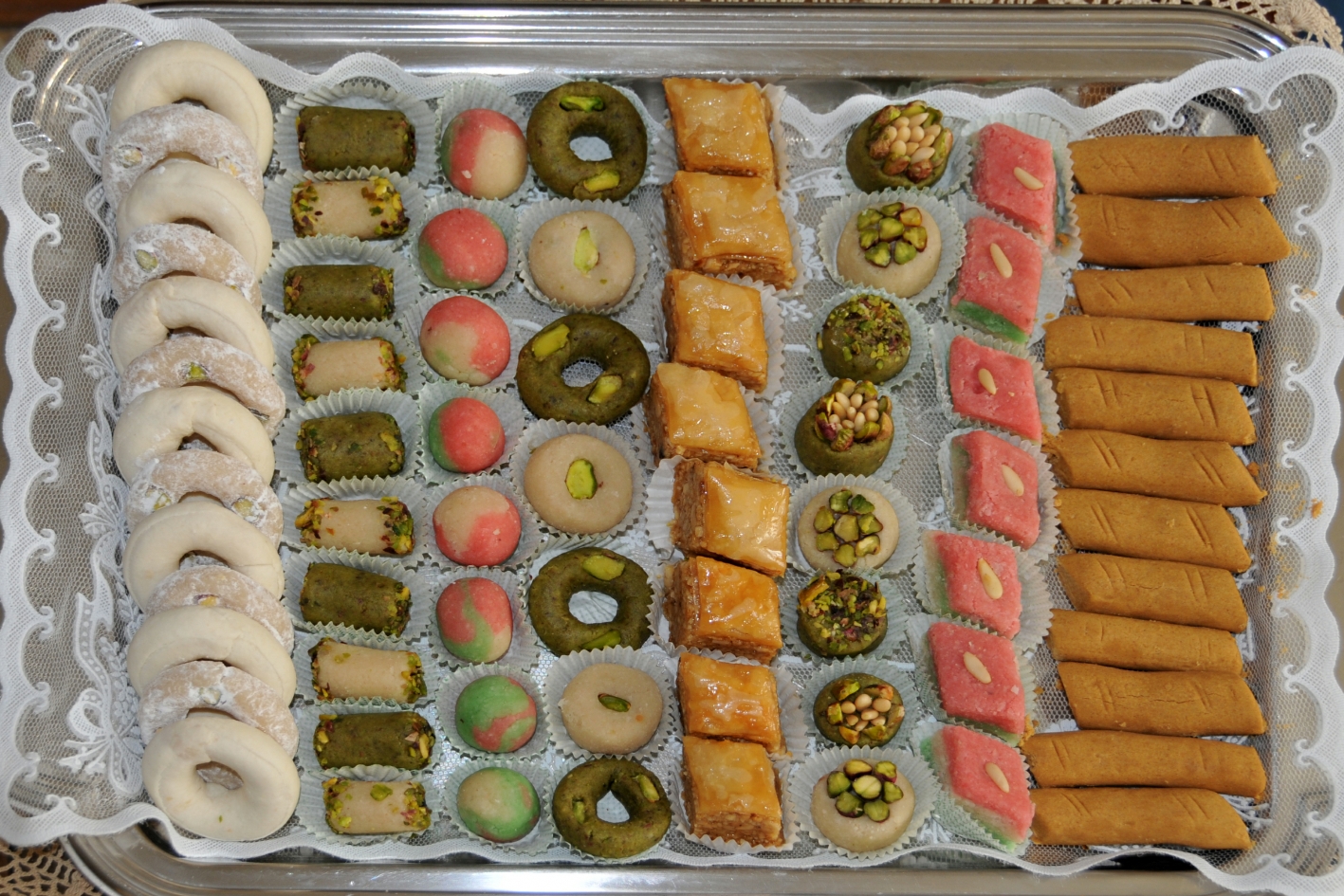
Continuing the unveiling of Tunisia's savours
" In Tunisia, the pursuit of culinary delights takes precedence! "
Ed. Take a leisurely walk through the bustling markets, appreciate the vibrant array of spices and pastries, savour the diverse selection of bread, and choose to dine in one of the quaint eateries nestled in the traditional neighbourhoods or opt for a rising star in Tunisian gastronomy. In Tunisia, the pursuit of culinary delights takes precedence!
In this second part, Conseiller Culinaire Mounir El Arem continues unveiling the culinary tale of his homeland, Tunisia with details of representative dishes of the Mediterranean diet from our culinary heritage.
The iconic ‘plat Tunisien’: a creation of the last century which showcases the use of vegetables such as boiled potatoes, tomatoes, cucumbers, onions, chili peppers, pickled vegetables, dried mint, and the famous olive oil. Some may add a soft-boiled egg and tuna.
Omek Houria salad: boiled carrots crushed with caraway powder, capers, olive oil, garlic and a touch of the national condiment, harissa.
Mechouia salad: grilled chili peppers, onions, tomatoes, garlic chopped and mixed with a little lemon juice and olive oil.
Chakchouka: chopped onions, tomatoes, and chili peppers sautéed in a pan with preheated extra virgin Tunisian olive oil. Midway through cooking, a spoonful of the harissa condiment is added. At the end of cooking, it is garnished with an egg, dried mint, and parsley before serving.
Couscous: performed in various forms and recipes. In Tunisia we usually drizzle the semouli with broth used to cook vegetables or animal protein two or even three times.
The colour of the couscous varies:
- yellow if scented with turmeric.
- red if dominated by tomatoes and paprika.
- green if using fennel and dill.
- white if using legumes only.
Couscous is also served as a dessert. It is mixed with milk, dates, pomegranates and lightly scented with orange blossom or geranium water and honey or sugar.
Bssisa: an ancient, unique dish composed of cereal powder such as wheat and barley mixed with powdered legumes like chickpeas, lentils, fava beans, fenugreek, seasoned with spices such as fennel, thyme, rosemary, star anise, or dried fruits like almonds, pistachios, and hazelnuts.
If we blend this mixture with olive oil we obtain a compact paste, serving as an excellent appetite suppressant. Blended with cold water a refreshing sensation is created.
The art of the table is closely connected to the way of living of the family. Some dishes are strongly associated with ceremonies and religious festivals. Each event has its specific dish. For instance, Tunisians celebrate the new year of the lunar calendar with mloukhia for its green colour, symbolizing hope and life.
Mloukhia is a type of jute plant. The leaves are dried and powdered. In a pan we heat olive oil. Green powder is added with hot water and left for about five hours before cooking on low heat. Meanwhile, the meat is marinated with garlic, salt, pepper, and, of course, harissa, which is added during the last hour of cooking. We can also change the meat with offal and historically it was prepared with hare or other hunted meat.
Question: should we eat to live or live to eat? For gastronomes, gourmets, enthusiasts and professionals like me, cooking is an art that provides one of life’s finest pleasures creating cuisine requires a great deal of love for others.
I hope that this two-part series on Tunisia’s culinary tale will have inspired you to try some of the specialities.
Bon appétit!
Mounir El Arem
Conseiller Culinaire
Bailliage of Tunisia